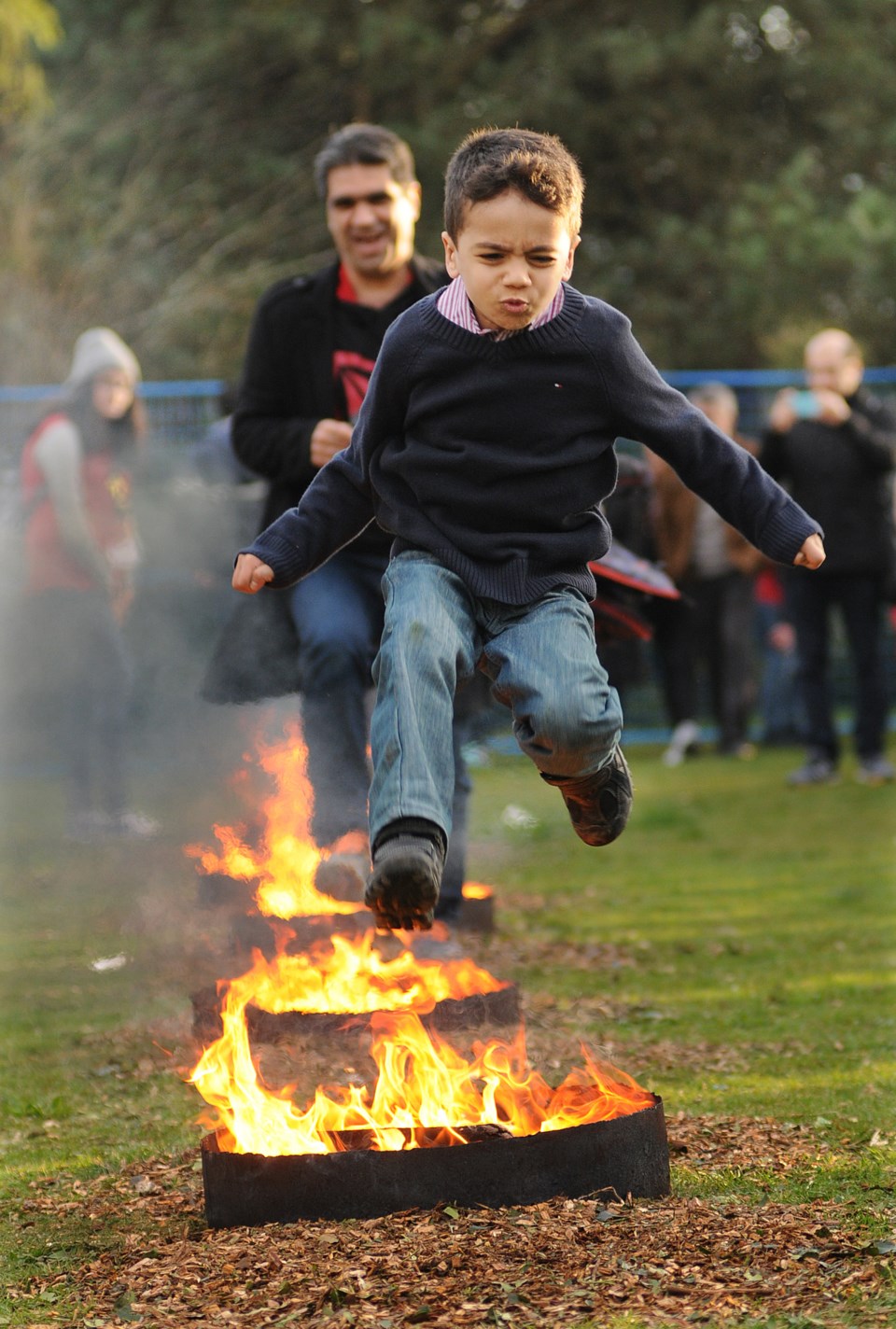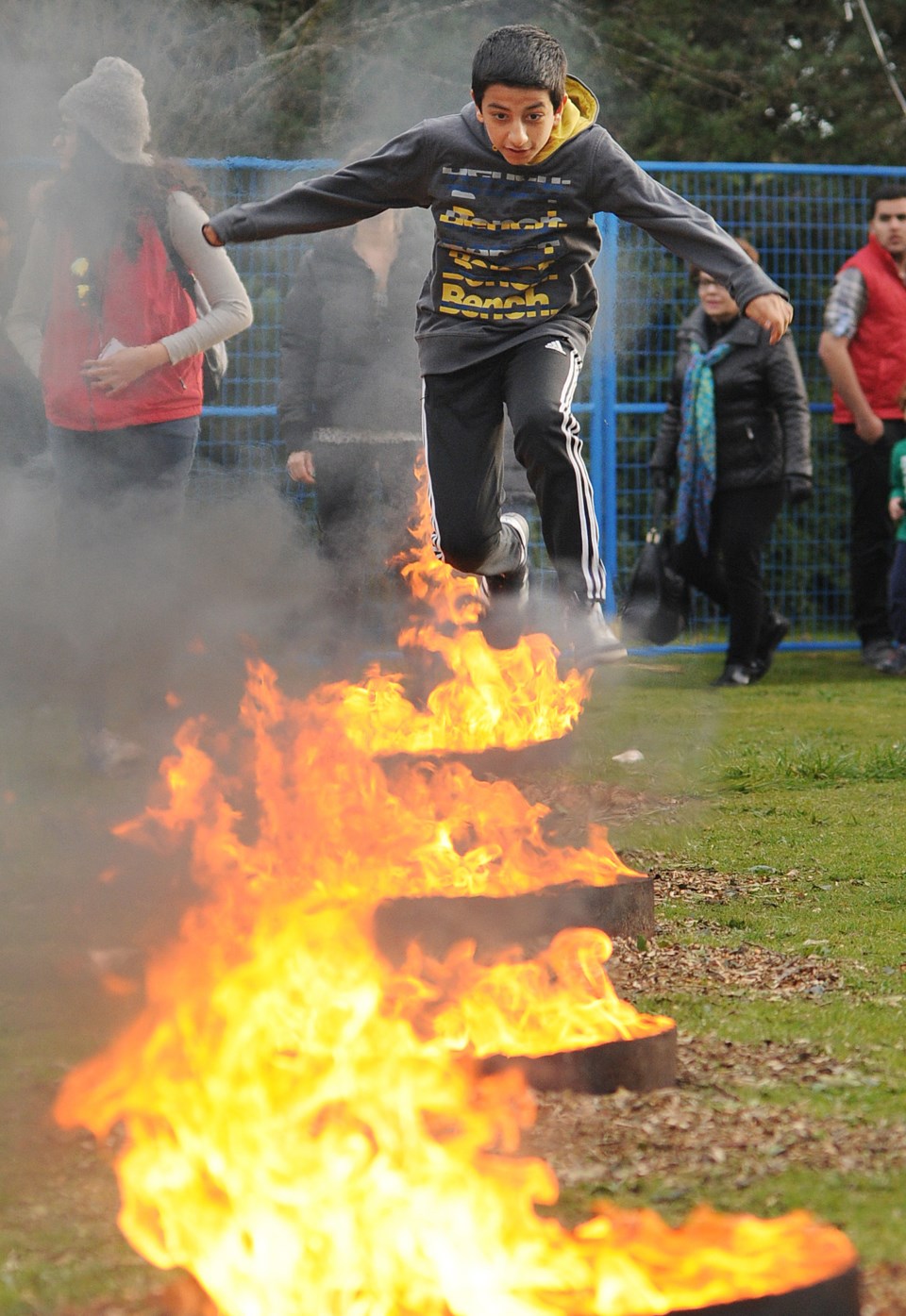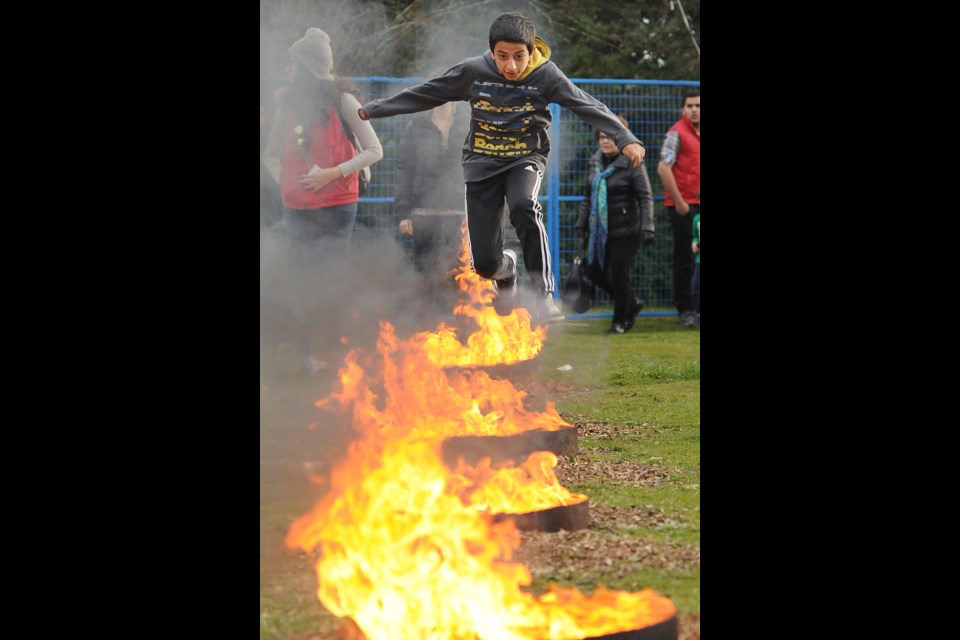Eleven seconds after 3:45 p.m. this Friday (March 20), Nowruz begins. Not coincidentally, the Persian new year celebration begins at the instant of the vernal equinox — the moment spring arrives.
While most of the people celebrating around here are of Iranian descent, the celebration is a highlight of the year for many central Asian peoples, including Kurds, Azerbaijanis, Iraqis and plenty of others. During Soviet times, the holiday was suppressed in parts of central Asia under Moscow’s domination, but it is again celebrated across the ‘Stans. In ancient times, it seems, the celebration carried down into India and some there still mark the day. As a result of this diversity of observance, there are almost as many names for the holiday as there are transliterated spellings into English.
But here is one of those weird multicultural and interfaith twists: Nowruz is a Zoroastrian holy day whose characteristics have flourished for thousands of years, deracinated from their holiness and turned into a secular cultural festival.
For the few hundred thousand people around the world who today identify as Zoroastrians, the day retains the holy essence it had 3,000 years ago, when Zoroastrianism was a dominant theology of the region. Yet the vast majority of those now celebrating Nowruz are Muslims, and the day is no more religious than New Year’s Day is to Christians. This is one of those anomalies I love — like the pagan rabbits and eggs that have survived 2,000 years of Christianity to resurrect themselves every Easter. Islam (and other religions, depending on the place) have supplanted Zoroastrianism, but the tenacity of the old rituals survive.
That Zoroastrian heritage was in full fiery flight on Tuesday. While others were drinking green beer, many Vancouver-area Iranians were at Ambleside Beach, leaping over open fires. The Festival of Fire is a prelude to Nowruz and a ritual of purification before the new year begins.
“It is not Islamic,” says my friend Minoo Allagha, who came here from Iran. “It’s a cultural thing. Jumping over the fire goes way back to the past. Fire is something that brings warmth and love in your life, you cook with it, it’s something that brings happiness into your life.”
When jumping over the fire, participants will say “I give my yellow colour to you and I take my red colour from you,” yellow representing illness and troubles, red meaning warmth and health.

Then there’s food and dancing and anticipation of the main event a few days later. Nowruz is something many families prepare for weeks and sometimes months in advance.
“It means a lot to me,” says Allagha. “Everything is supposed to be new. We start with spring cleaning, doing as much as we can to change the decorations in the house. Some people wait until this time of the year to change their furniture. The kids get new clothing. We take them shopping. Whatever brings a bit of freshness to the house, that’s the preparation.”
Baking fills the home with warm, welcoming aromas and, in anticipation of the countdown to the moment the holiday officially begins, a table is spread with seven symbolic dishes, each beginning with the same letter (in Farsi, at any rate). These include sprouts representing rebirth, apples representing health and beauty, lotus fruit representing love, garlic representing medicine, vinegar for age and patience, a pudding reflecting Persian cuisine, and sumac berries, the colour of the sun, representing the triumph of light over darkness and good over evil, which is a core Zoroastrian tenet.
Kids paint eggs, which is apparently a cross-cultural celebration of springtime. When the countdown officially ushers in Nowruz — which means simply “new day” — there’s more food, especially sweets, gifts exchanged, including cash for the kids, and more dancing with family. Where Nowruz is a statutory holiday, the celebrations can go on for days, with successive visits to family.
“You go see your uncles and aunts and grandparents,” Allagha says.
Family is a huge part of Nowruz, but so are friends, says Reza Hassanalikhani, one of the organizers of an annual Nowruz gala in Vancouver. The gala tends to take place the day before or after Nowruz because the holiday itself is spent with family. But several hundred people, mostly young, mostly Persian, will be partying it up Saturday night at Rain Ultraclub in Gastown. Everyone’s welcome, Hassanalikhani stresses, but it’ll probably be about 90 per cent Iranian-Canadians.
For millennia, the beginning of spring has been celebrated in similar fashion across huge areas of the world. Like so many other traditions, Nowruz is now part of Canada’s culture.
Nowruz Mubarak!

Like the Courier on Facebook or follow us on Twitter and/or Instagram.



